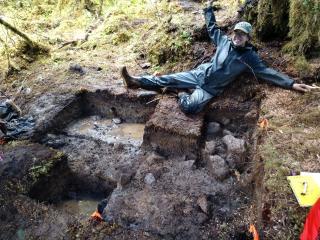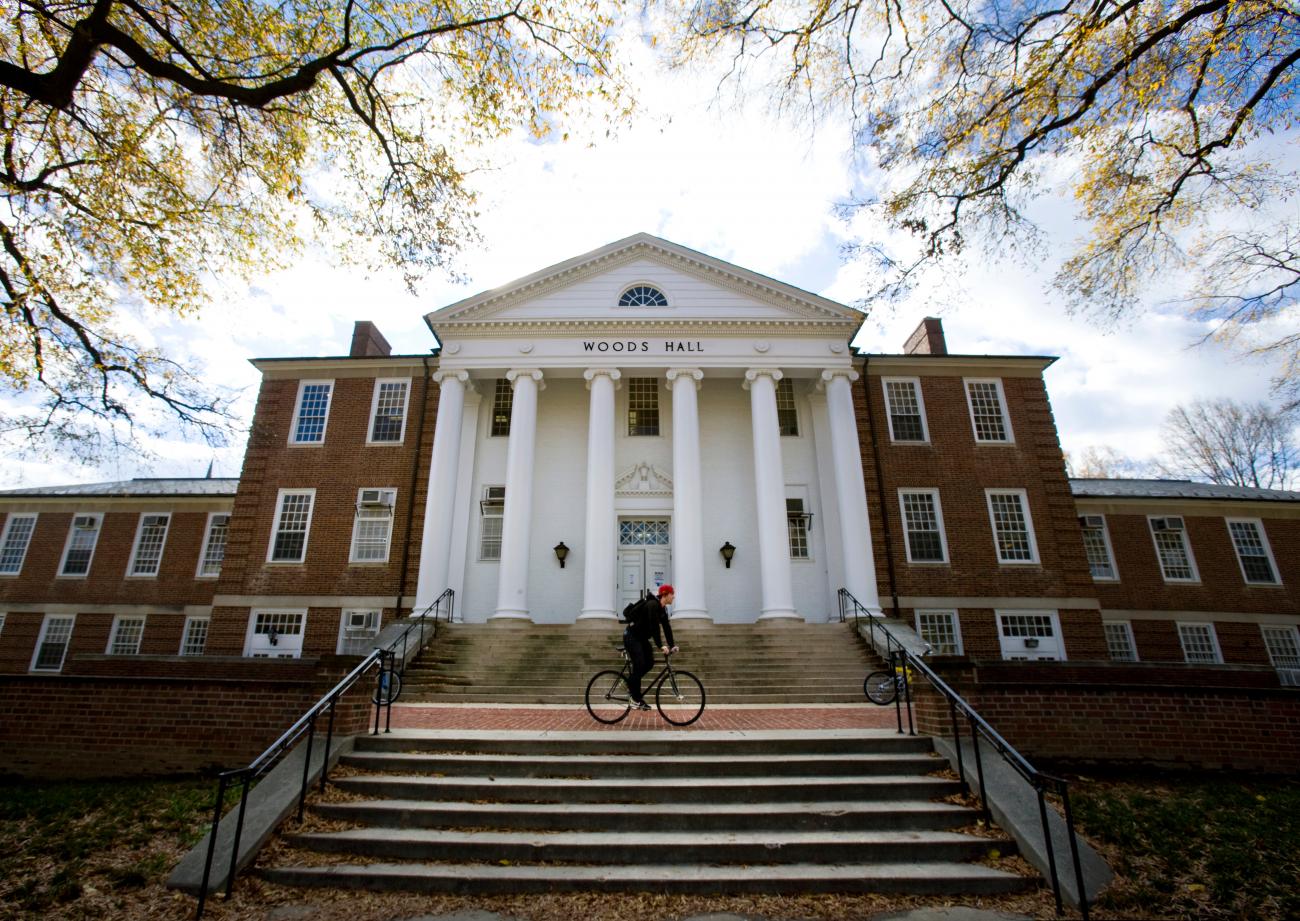Emma Woodruff is an alum of the CHRM program, having received her master's degree in 2024. Her thesis is titled Archaeobotanical Legacies: Cultural Significance through an Investigation of Macrobotanicals, Microresidues, and Ethnobotanical Data at 12OR0001, Hoosier National Forest, Indiana. Woodruff demonstrated success in processing long-curated collections from a 14th-century Native American palisaded settlement for recovery of microresidues containing ancient starches and other botanical evidence, as well as clear but manageable traces of contaminants from storage and handling of the artifacts. The objective of this analysis is to advance discussion of culturally significant plants on National Forest lands, and support consultation with tribes around management of plant biota that is responsive to indigenous ecological knowledge, and acknowledges continuity of plant utilization in the forest, bridging ecological and heritage-based approaches to resource management.
Following below is an archived profile.
Emma Woodruff is a student in the Cultural Resource and Heritage Management master’s program at University of Maryland. She received her Bachelor of Arts degree in Anthropology with minors in Spanish and Studio Art from Indiana University in 2015. Since that time she has worked on Cultural Resource Management projects in the Alaskan arctic and southeast regions, Washington Cascades, and the Medicine Lake Highlands in Northern California. Emma has experience in leading large landscape pedestrian surveys, planning remote field projects, precontact and historic site recordation, data recovery excavation, and wildland fire archaeology. She is currently employed in the Ohio River Valley as an Archaeologist for Hoosier National Forest’s Tell City Ranger District.
Certifications:
2020 to Present — Wildland Fire Red Card (Archaeologist and FireFighter Type 2 qualified)
2016 to Present — Wilderness First Responder Certified
Areas of Interest
- Cultural Resource Management in natural disasters
- Federal Tribal relations
- GIS applications
- resource acquisition in North American prehistoric contexts
- cultural adaptations to geologic and climatic events
- preindustrial fibers and textiles



